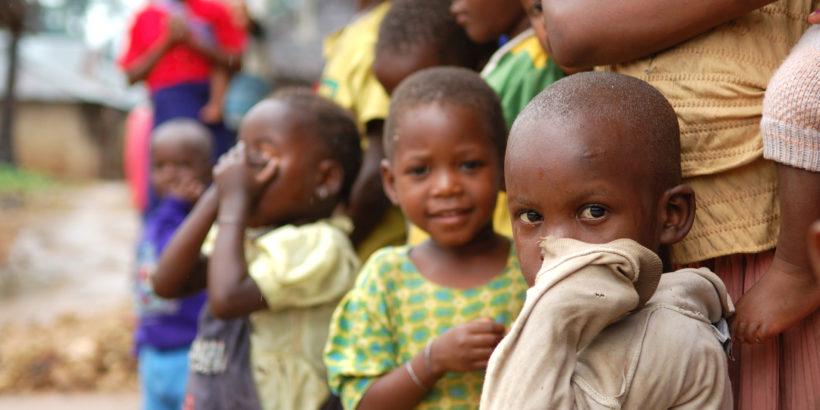This week I am in Brazzaville, Congo to attend the Regional Immunization Technical Advisory Group (RITAG) meeting organized by the World Health Organization (WHO) African region office. The RITAG meeting is a time to discuss regional policies and strategies for vaccines, including research, new developments, delivery of immunization services, and integration of vaccine delivery within the broader health system. The meeting is also a strategic time for us to learn more about WHO priorities in the region. For me, this week represents a strategic time to speak to key decision-makers and influencers about typhoid and typhoid conjugate vaccines (TCVs) in our region.
This year, the RITAG agenda focuses on improving equity and coverage, data quality, and the Immunization Agenda (IA) 2030 goals. The reality is that, in order to achieve many of the goals we will discuss this week, our leaders will need to consider typhoid as a key priority in the region. For too many families and communities, typhoid is a painful reality that can have long-term health and economic consequences. This disease will influence the African regional attainment of IA 2030 and the Sustainable Development Goals (SDGs).
Two years ago, WHO officially recommended TCV introduction in typhoid-endemic countries and highlighted the need to consider vaccine introduction in countries with drug-resistant typhoid. This recommendation availed a near-term solution to help prevent and control typhoid to our decision-makers. For many countries in the African region, these recommendations align with the typhoid burden we face.
Let’s take Kenya as an example. Recent estimates show more than 101,400 typhoid cases per year. While typhoid is rarely fatal – about 1,200 deaths per year – the diagnosis and recovery is long and difficult. It takes time, money, and productivity from those infected and their families, and typhoid is associated with numerous long-term complications.
Drug-resistant typhoid is a very real threat in the African region. It is more difficult to treat and forces the use of more expensive and less readily available treatment options. In Kenya, recent studies of typhoid samples show high levels of drug resistance. Resistance translates into a longer, more difficult, and much more expensive recovery period for those who are ill – and their families. Cases of drug-resistant typhoid have been increasing, which means we need to consider TCV introduction as a protective and preventive way to keep people, especially children, from falling ill.
Furthermore, as we confront larger global challenges including urbanization and migration, there is the possibility that typhoid transmission could get worse. A study from Kibera, an urban settlement in Nairobi, estimated an incidence of 822 typhoid cases per 100,000 population, with an extremely high burden among children between 2 and 4 years of age. Places such as Kibera with limited water, sanitation, and hygiene infrastructure face a greatly increased risk of typhoid. As the population of Nairobi and settlements such as Kibera grows, the additional strain on infrastructure leaves families at heightened risk of typhoid.
In the past two years, opportunities for countries in the African region to take on typhoid have become much clearer. Gavi, the Vaccine Alliance announced a funding window to support TCV introduction. WHO prequalified Typbar TCV®, and in March 2018 we had the first official position paper calling on countries with high typhoid burden to prioritize TCV introduction. Our leaders have the tools and support to take action. This week at the RITAG meeting, I hope to make this case and encourage decision-makers to prioritize typhoid control and TCV introduction.
For more information about typhoid in Kenya and other countries in the African region, visit our Country Tools page.
Photo: PATH/Mike Wang



